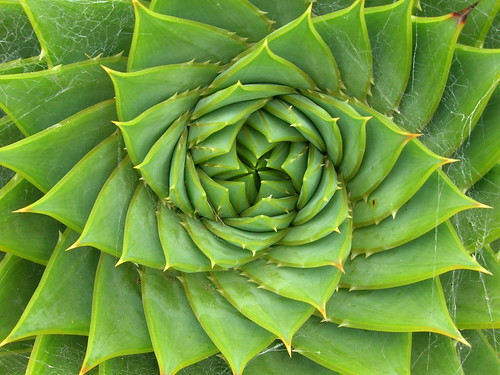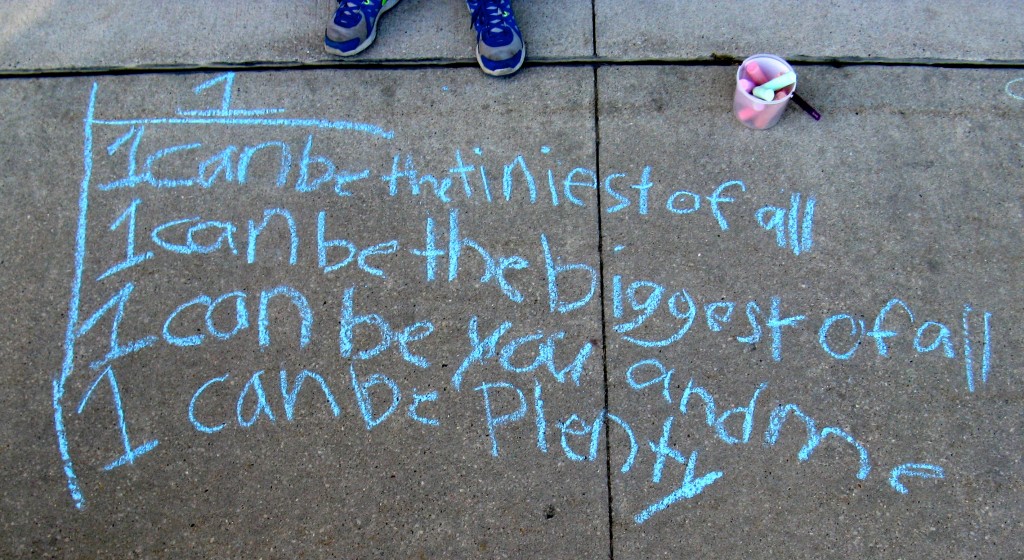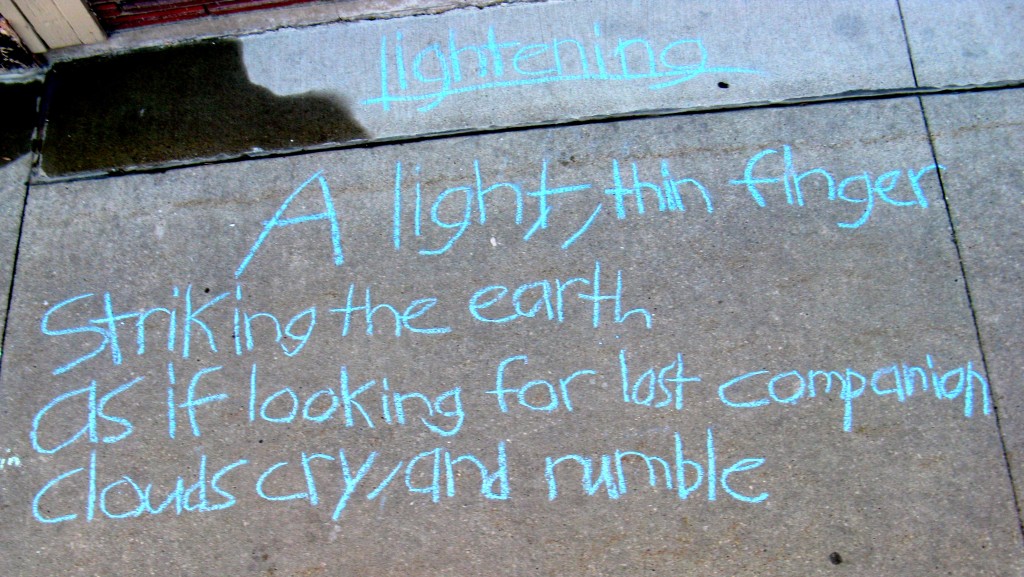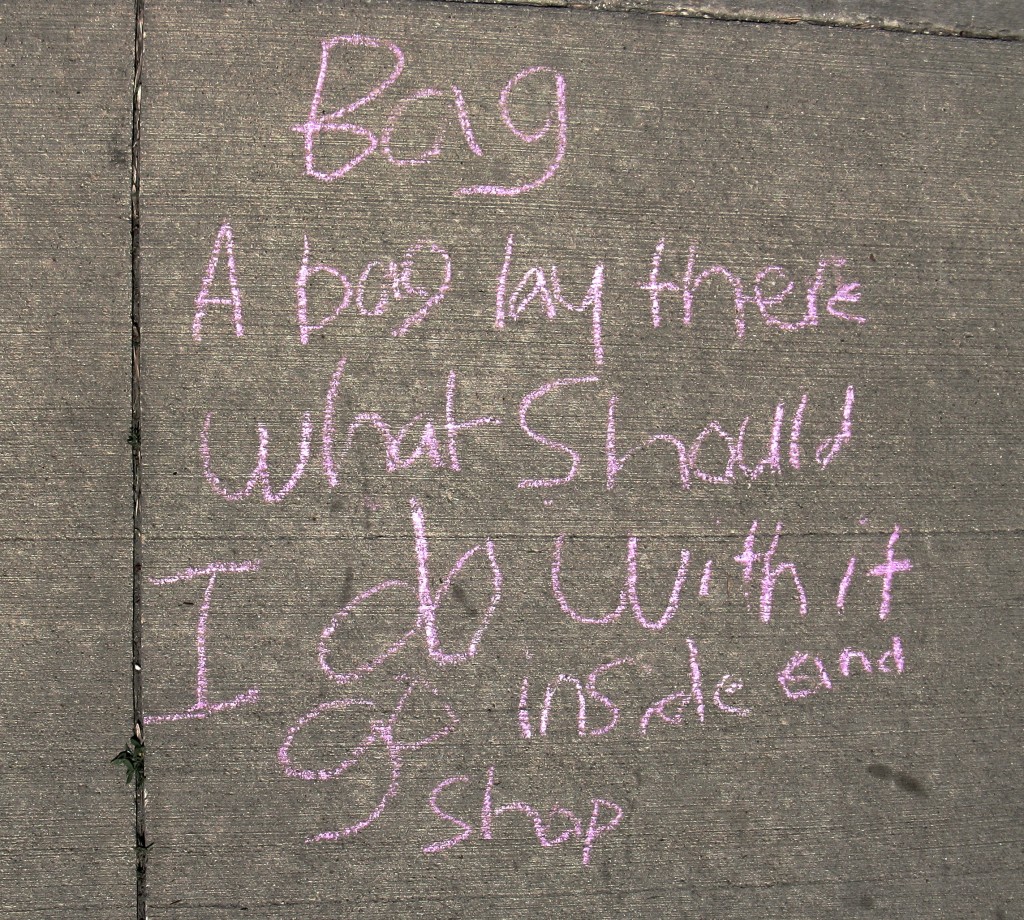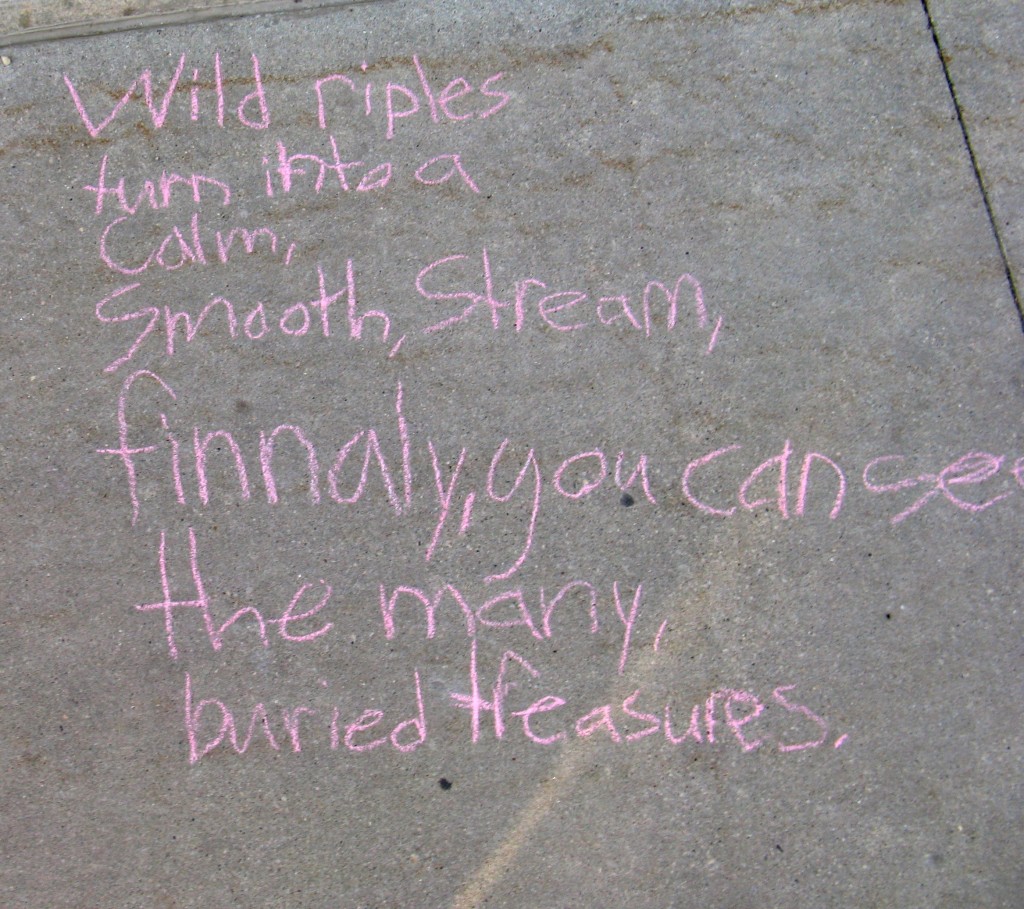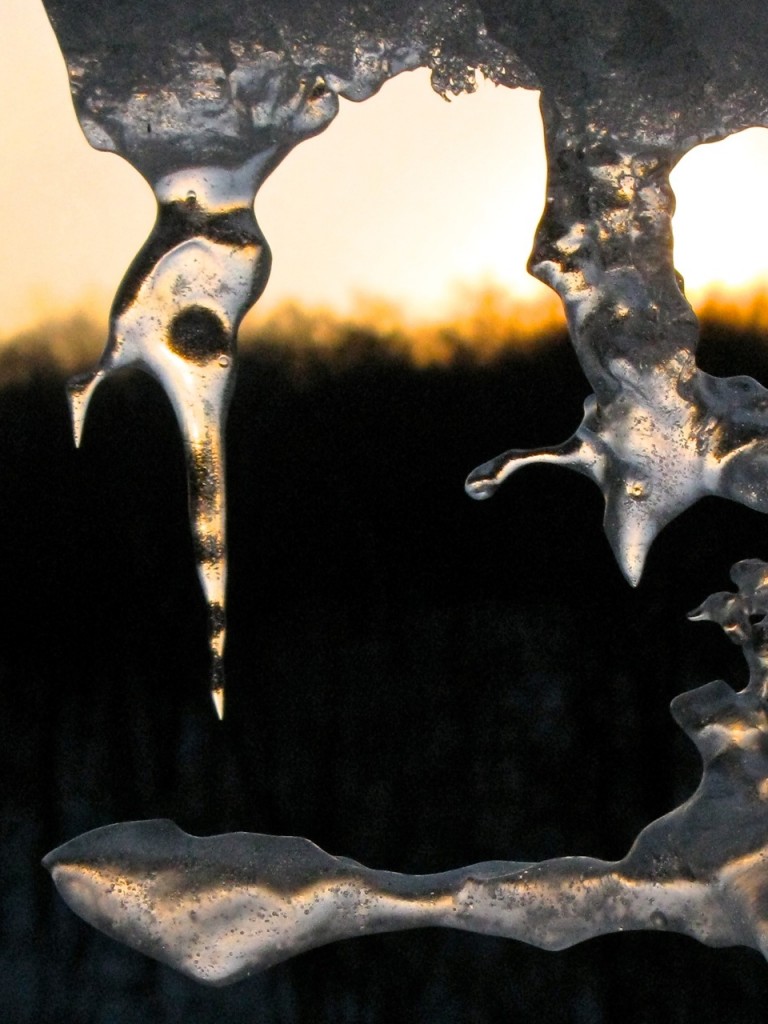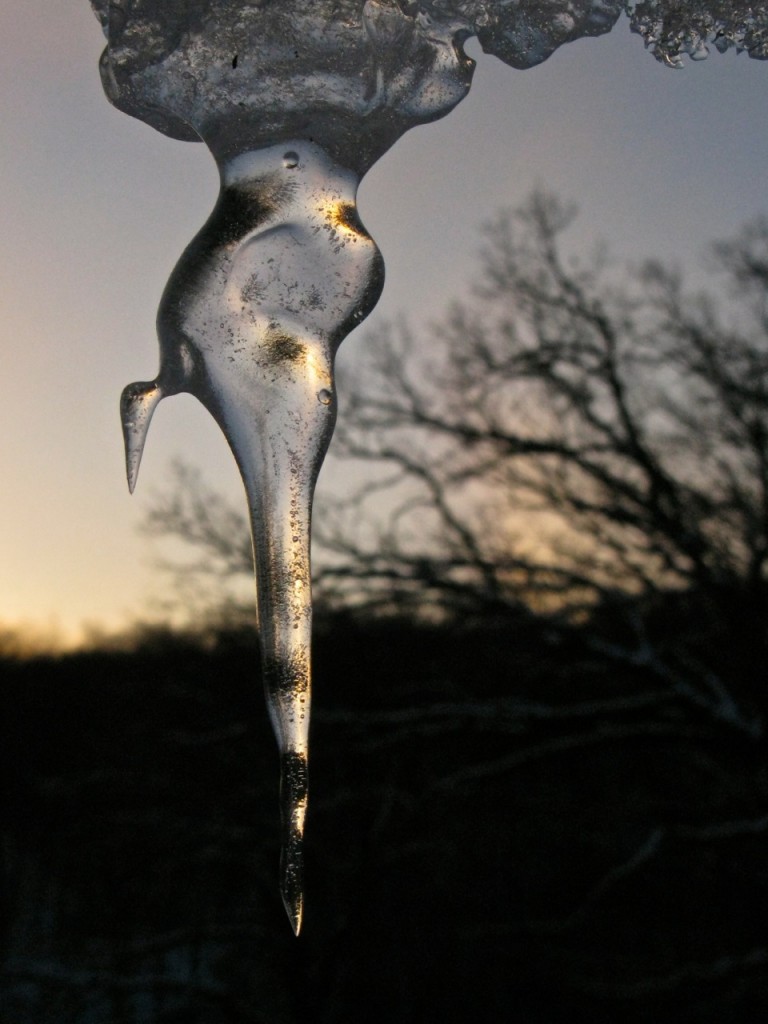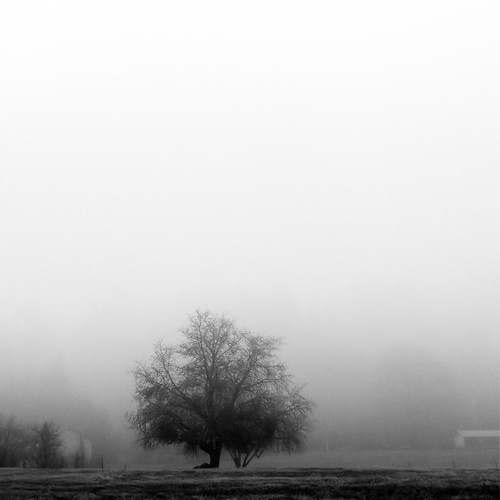This weekend I had a chance to go back in time, to reacquaint myself with my past life as a potter and also with some old, old friends. To return to clay. Elemental. Clay work was a passion I had for more than a decade. A serious passion. But work and other life events caused me to gradually leave. I don’t remember a day I decided not to make pots anymore; but one day I looked back and saw that I hadn’t made any.
Can it be that’s the way some important things leave a life, not with a bang, but a whimper?
Clay people, especially wood-fire clay people, are a special breed. Maybe it’s the fact that no wood-fired potter can make stuff by himself. Scrounging fire-brick, building kilns, gathering wood, loading and firing the kiln, the unloading and clean-up often require a community of support. There’s no way for a wood-fired potter to be an island. There’s a sense of community, and a shared sense of all for one, one for all. Maybe, also, it’s the connectedness to the Earth: fire, water, air, earth. Clay people have always welcomed me.
So, when my friend, Ken (who is a brother from a different mother), asked that I attend a clay workshop taught by him and a couple of his old friends, I decided to do it even though my hands haven’t been covered in clay for over three years.
It was great to spend time with Ken out near the fire, which was contained by a monster anagama dragon kiln. If you’ve never been near a big dragon kiln and have a chance, take it. The old Japanese potters talk about the kiln as alive. Late at night, the fire gleams through the portals and the kiln slowly inhales and exhales thick smoke. It’s easy to feel as if you have entered a sacred place where the inanimate animates. And there’s a brotherhood in that.
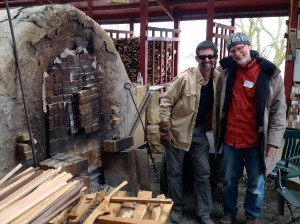
Ken (L) and me (R)
Ken was right, it was wonderful to meet his friend, Joy Brown. Her spirit was quiet and full.
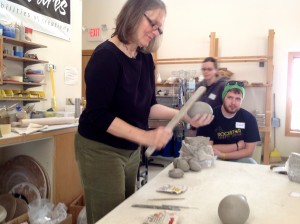
Joy demonstrated a paddle form technique.
And there were other potters, too. We who like to get our hands dirty spent the weekend together talking, laughing, bs’ing, and quietly pushing clay around.

Over 400 lbs of clay and many hands.
As we fed the fire last night, standing quietly under a nearly full moon, Ken said something that stuck with me: Isn’t it strange, he said, that potters spend so much time trying to reverse the processes of the Earth. That’s all we’re doing, the same thing the Earth does constantly. Time and water and wind break rocks down into clay. Potters melt clay to make rocks. It’s a cycle. Which lead to this haiku that I carved into the mural:
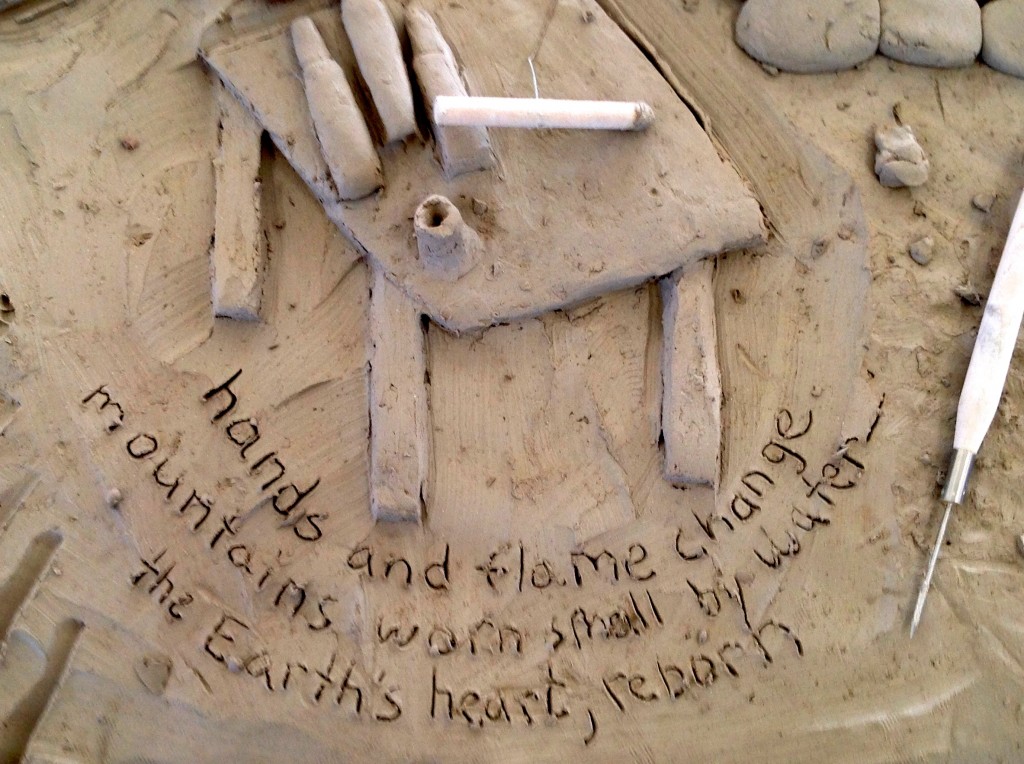
hands and flame change
mountains worn small by water–
the Earth’s heart, reborn
